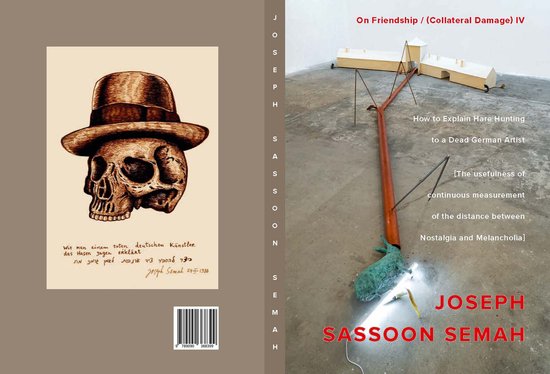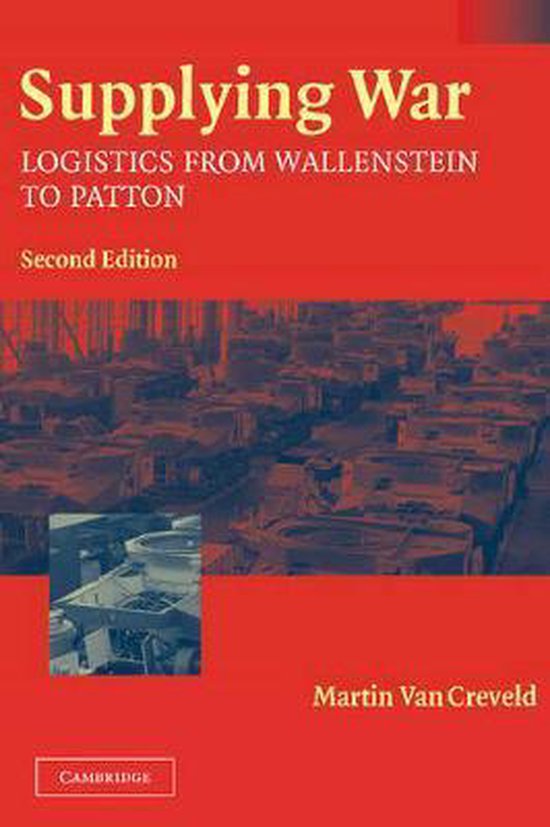On friendship collateral damage iv the third galut how to explain hare hunting to a dead german artist

1 - 2 weken
The richly illustrated publication Joseph Sassoon Semah:
On Friendship / (Collateral Damage) IV
How to Explain Hare Hunting to a Dead German Artist
[The usefulness of continuous measurement of the distance between Nostalgia and Melancholia]
On Joseph Beuys and post-war West German art history.
The English-language publication is not only an account of the event but, thanks to the contributions of the various authors, it provides a good insight into the significance of Joseph Beuys and post-war Western art and politics and the role of museums as a mirror of the times. The different components and formats of the art event complemented each other well, provided diverse perspectives and depth.
Joseph Sassoon Semah's (1948, Baghdad) work - drawings, paintings, sculptures, installations, performances and texts - provides ample space for critical reflection on identity, history and tradition and is part of the artist's long research into the relationship between Judaism and Christianity as sources of Western art and culture and of politics.
Joseph Beuys (1921, Krefeld -1986, Düsseldorf) is one of Germany's most influential post-war artists, who became particularly famous for his performances, installations, lectures and Fluxus concerts. In 2021/22, Joseph Beuys' 100th birthday was celebrated extensively with the event 'Beuys 2021. 100 years'.
But who was Beuys really? Joseph Beuys mythologised his wartime past as a national socialist and Germany's problematic and post-traumatic past. After WWII, Beuys transformed from perpetrator to victim. How should we interpret Beuys in the future?
Joseph Beuys and Joseph Sassoon Semah, two ex-soldiers, two artists. Joseph Beuys was a former gunner and radio operator in the German air force during WWII; Joseph Sassoon Semah served in the Israeli air force. Who is the (authentic) victim and who is the Victimiser?
With texts from Joseph Sassoon Semah, Linda Bouws (curator), David de Boer (general practitioner and gallery owner), Albert Groot (psychiatrist), Paul Groot (art historian) Arie Hartog (director Gerhard-Marcks-Haus, Bremen), Bas Marteijn (Chief Country Officer Deutsche Bank Netherlands), Ulco Mes (curator), Markus Netterscheidt (artist), Ton Nijhuis (director Duitsland Instituut/UvA), Hans Peter Riegel (author of the four-volume biography Beuys, Die Biographie), Mati Shemoelof (author), Rick Vercauteren (former director Museum Bommel van Dam, publicist and historian), Andreas Wöhle (President Evangelical Lutheran Synod at the Protestant Church).
Published by Metropool Internationale Kunstprojecten
final editing: Linda Bouws & Joseph Sassoon Semah
design + layout: kunstburo geert schriever
A4, 208 pages, full colour (ISBN 9789090368399)
- 1 Bekijk alle specificaties



Taal: en
Bindwijze: Softcover
Oorspronkelijke releasedatum: 30 april 2023
Aantal pagina's: 208
Kaarten inbegrepen: Nee
Illustraties: Met illustraties in kleur
Hoofdauteur: Joseph Sassoon Semah
Tweede Auteur: Linda Bouws
Eerste Vertaler: Jean Cameron
Originele titel: On Friendship / (Collateral Damage) IV - How to Explain Hare Hunting to a Dead German Artist
Dyslexievriendelijk: Nee
Editie: 1
Extra groot lettertype: Nee
Product breedte: 21 cm
Product hoogte: 2 cm
Product lengte: 29.50 cm
Studieboek: Nee
Verpakkingsgewicht: 1200 g
eWaste: Nee
EAN: 9789090368399